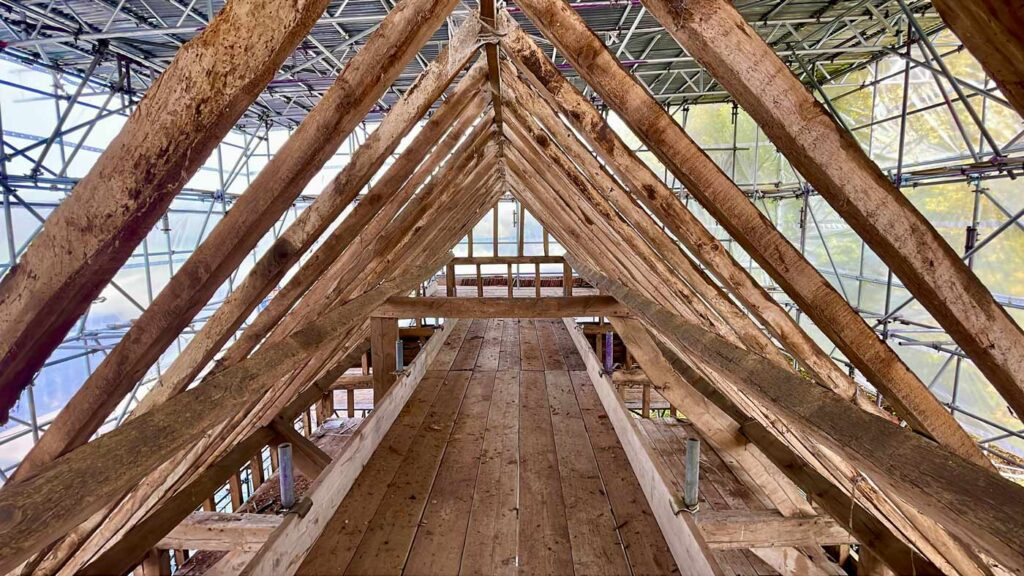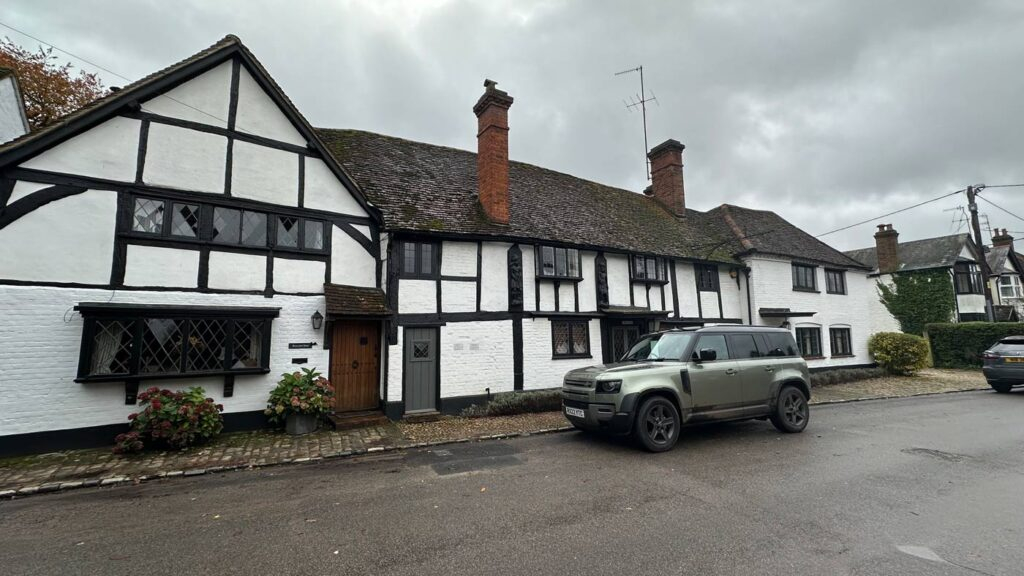When we talk about historic buildings, we’re referring to more than just bricks and mortar arranged in an aesthetically pleasing manner.
These structures stand as links to our past and as a reminder of the great work done by architects, builders, and other members of the construction industry throughout time.
As we move further into the 21st century, the awareness and efforts to preserve these monuments have grown significantly.
Here at Eternity Conservation & Build, our team are expert in working with historic buildings, and our conservation projects showcase how we can enhance the features of these buildings without taking away their historic charm.
This journey isn’t easy though, with complexities throughout that make conservation a challenging feat.
In this blog, we’re going to tell you more, so let’s take a look.
Historic buildings are the soul of our communities, telling stories of the past not just through their appearance but through the very materials they’re made of.
They serve as a constant reminder of our collective heritage throughout time and must be handled in a delicate manner.
Conservation of a building isn’t about tearing a building down and starting again, it is about working with what you’ve got and ensuring the key elements of the current building stay true.
This means every project is a delicate balance and that is why you should only work with builders who are experienced in providing this service, such as the team here at Eternity CB.

The path to preserving these architectural marvels is not straightforward.
Numerous hurdles stand in the way, each requiring thoughtful navigation, and here are some of the key ones:
Time is not kind to physical structures.
Historic buildings face relentless wear and tear from environmental factors like weathering, pollution, and even biological growth, leading to the deterioration of materials that can be centuries old.
These materials must be dealt with in some way, whether you are removing them or attempting to restore them.
A thorough check should be done of all structural issues and materials throughout the property to ensure it is safe to work on and to assess what can be salvaged and what needs to be repaired or replaced.
The field of conservation is always evolving, but it’s often a race against time.
Preserving the original integrity of these buildings while using modern techniques poses a significant challenge, as it requires a delicate balance between employing new technologies and maintaining historical authenticity.
What you don’t want is to completely lose the historic feel and nature of the building, so again, it is all about striking that fine balance between the new and the old to leave the perfect final product.
Navigating the legal landscape of historic preservation can be as complex as the conservation work itself.
Laws and regulations must be abided by, and in different areas of the UK, you may come across different rules.
This makes the process of securing permissions for conservation work a painstaking task and one that can eat into time that was allocated for a project if not handled correctly.
Try and find a contractor who has good knowledge of the regulations as this can help get things moving quickly.
Restoration and conservation projects demand substantial financial investment, often running into tens of thousands of pounds.
Securing funding, whether through government grants, private donations, or fundraising campaigns, is a formidable challenge that can delay or even halt conservation efforts.
Whether it is a private property or a public one, you must ensure you have the funding available to not just start the project, but also to cover all costs during it.
At the heart of historic buildings are the communities and cultures that built them.
Conservation efforts must tread carefully, respecting the intangible heritage and ensuring that the voices of these communities are heard and honoured in the preservation process.
The buildings that are worked on mean a lot to a lot of people, and their considerations must be taken into account when planning, designing, and constructing the building.

The field of conservation has seen significant advancements over recent years, marrying traditional techniques with modern technology to breathe new life into ancient structures.
Some common examples of this are:
Our team are lucky enough to have worked on some great conservation projects and have transformed some wonderful buildings.
For example, why not check out these videos for two of our current projects in the Costwolds and Buckinghamshire, which look like they are on track to turn out as the next successful projects for our team.
Looking ahead, the field of historic building conservation will continue to face both challenges and opportunities.
The growing public interest in cultural heritage offers an opportunity to galvanise support for preservation efforts, ensuring that the funds and political will needed are available, and with technological advances seeming to grow year on year, the future is certainly exciting when it comes to this industry.
The journey to conserve historic buildings is fraught with complexities, from the degradation of materials over time to the intricate dance of respecting cultural sensitivities while applying modern conservation techniques.
Yet, the importance of this work cannot be overstated.
These buildings are not merely structures; they are relics of the past and must be treated with respect.
When undertaking these projects, we bear the responsibility of ensuring they endure, and here at Eternity CB, our team are proficient in doing just that.
If you would like to discuss a project with us, then get in touch today.